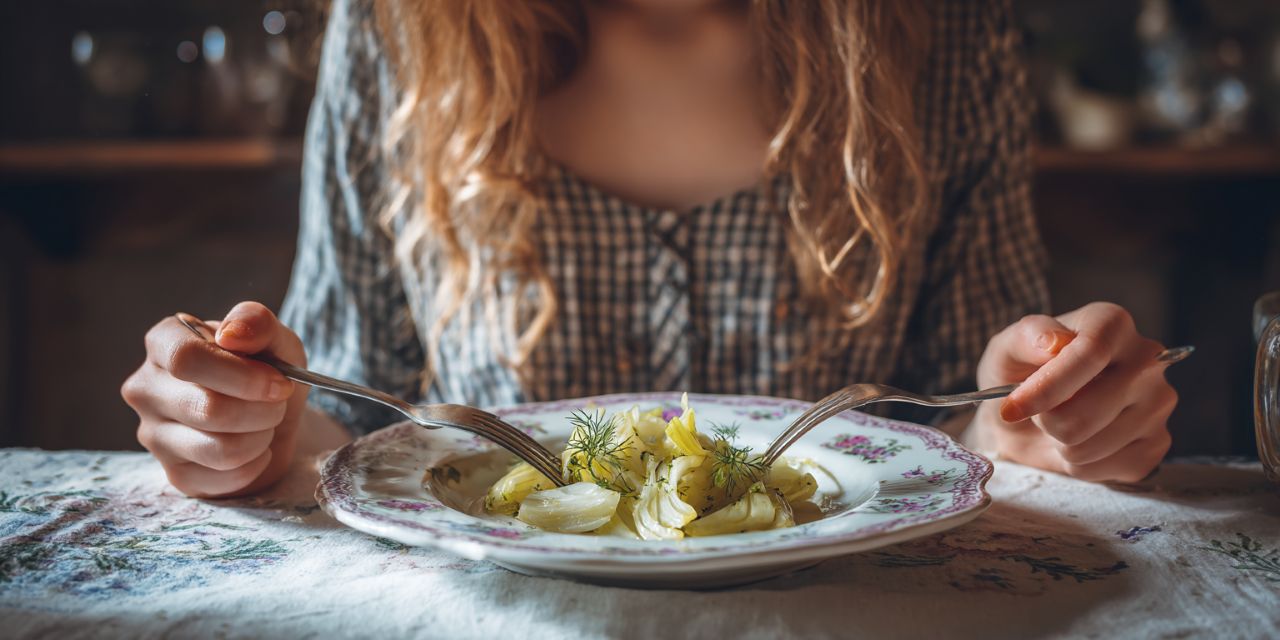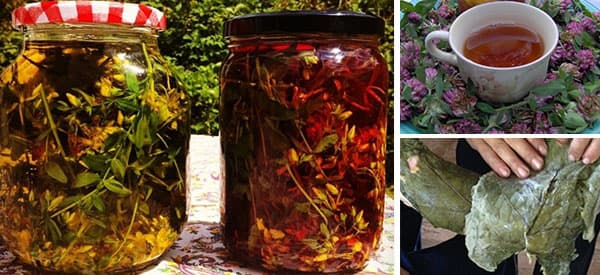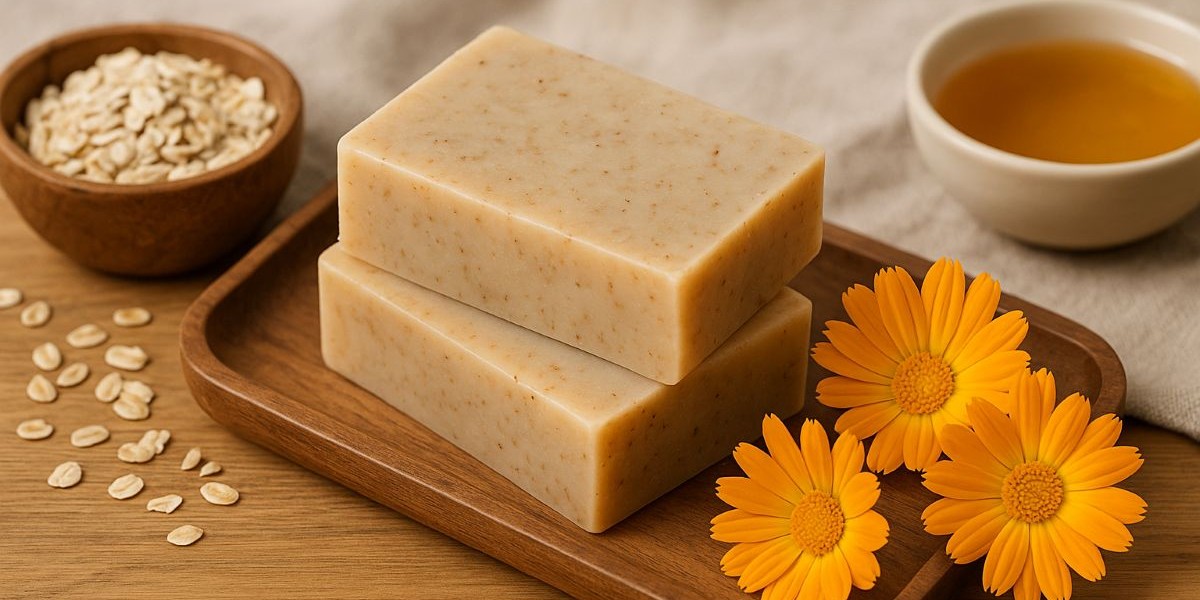
What Is the Best Soap for Eczema?
Eczema can be a quiet kind of suffering. It’s not always visible to others, but anyone who’s dealt with it knows how consuming it can be — the itching, burning, sleepless nights, and endless search for something that finally brings relief.
Among the many products that promise comfort, soap is often overlooked. Yet what you wash with can make the difference between a calm, hydrated day and a painful flare-up. The right soap doesn’t just clean — it supports healing, restores balance, and works with the body instead of against it.
The best soap for eczema is gentle, nourishing, and free of harsh chemicals. But beyond that, it carries the spirit of simplicity — a return to what our ancestors used before synthetic detergents, artificial fragrances, and industrial skincare.
Understanding Eczema and the Skin Barrier
Eczema (or atopic dermatitis) is essentially a sign of imbalance. It begins when the skin’s protective barrier — a delicate film of oils, fats, and microbes — is compromised. Once that barrier weakens, moisture escapes and irritants sneak in, triggering inflammation.
It’s not just a cosmetic issue. Eczema is a signal from the body that something deeper is out of alignment — whether it’s stress, poor diet, environmental triggers, or overexposure to modern skincare ingredients that strip the skin raw.
Most commercial soaps worsen the problem. They’re filled with foaming agents like sodium lauryl sulfate (SLS), alcohols, and artificial scents that remove natural oils and alter the skin’s pH. For someone with eczema, it’s like washing an open wound with detergent.
What the skin needs instead is a cleanser that heals while it cleanses — one that respects the skin barrier, replenishes moisture, and restores the natural protective layer our bodies evolved to maintain.
The Skin’s Natural Ecosystem
Your skin isn’t just a surface — it’s an ecosystem. Millions of beneficial bacteria, fungi, and microbes live on it, creating what scientists call the skin microbiome. This invisible world acts as your first line of defense, keeping harmful pathogens out while communicating with your immune system.
When harsh soaps or antiseptics are used too often, this balance collapses. The result is irritation, hypersensitivity, and recurring inflammation — all hallmarks of eczema.
To support your microbiome, the best soap for eczema should:
- Be pH-balanced (between 5 and 6).
- Contain natural fats and oils that mimic the skin’s sebum.
- Avoid antibacterial or antimicrobial additives unless medically necessary.
- Use mild herbal extracts that calm rather than sanitize.
The goal isn’t to sterilize the skin — it’s to maintain harmony within its living community.
What To Look For in a Soap for Eczema
A good eczema-friendly soap is like a herbal salve in solid form. Every ingredient matters, and each should have a clear purpose: to cleanse, soothe, or restore.
Best Natural Ingredients for Eczema Soaps
- Colloidal Oatmeal: Reduces itching, locks in moisture, and soothes irritation.
- Shea Butter: Rich in linoleic acid and vitamins A and E, which help repair the lipid barrier.
- Aloe Vera: Calms inflammation and promotes cell regeneration.
- Goat Milk: Balances pH, hydrates deeply, and provides lactic acid for gentle exfoliation.
- Olive and Coconut Oils: Natural cleansers that preserve skin moisture.
- Chamomile and Calendula: Herbal infusions that calm redness and speed up healing.
- Honey: A natural humectant that retains moisture and prevents bacterial growth.
Ingredients to Avoid
- Synthetic fragrance (even “natural” perfumes can be triggers)
- Sulfates (SLS/SLES) and parabens
- Alcohols and antibacterials
- Dyes or “whitening” agents
If you can’t pronounce an ingredient, your skin probably won’t appreciate it either.
Traditional and Herbal Cleansers Through History
Before soap as we know it existed, different cultures had their own ways of cleansing and soothing the skin — and many of those methods worked in harmony with eczema-prone skin.
- Ancient Romans and Greeks used olive oil scrubs, which lifted dirt and hydrated the skin without stripping it.
- Egyptians bathed in milk and honey, both natural emollients rich in enzymes and fats.
- Native American tribes used yucca root and soapwort — plants with gentle, natural saponins — to cleanse without drying.
- In medieval Europe, ash and animal fat soaps were reserved for cleaning cloth, not skin. Instead, people relied on herbal baths made from lavender, chamomile, or oat straw.
These traditions remind us that true skincare came from the earth — and that sometimes, simplicity is more potent than chemistry.
The Role of pH Balance
Healthy skin thrives in a slightly acidic environment, around pH 5.5. This acidity prevents the growth of harmful bacteria and helps the skin retain moisture. Unfortunately, most commercial soaps have a pH of 9 or higher, which can worsen eczema symptoms by weakening this barrier.
The best natural soaps for eczema are formulated to match the skin’s pH, ensuring the microbiome and barrier function remain intact. A simple way to tell: if your soap leaves your skin feeling “squeaky clean,” it’s probably too alkaline.
How to Use Soap Safely on Eczema-Prone Skin
Even with the gentlest soap, how you wash is just as important as what you wash with.
- Use lukewarm water — never hot.
- Wash only areas that need it (hands, underarms, etc.), not the entire body every time.
- Avoid scrubbing; let your hands and water do the work.
- Pat dry with a soft towel, leaving the skin slightly damp.
- Seal moisture immediately with a natural balm or oil.
In herbal tradition, cleansing was seen as a ritual — a moment of renewal and restoration. The more mindful you are in the process, the more it supports your body’s healing.
Herbal Additions to Support Eczema Relief
In addition to the right soap, certain herbs can be used topically or internally to help calm inflammation and strengthen the skin from within.
- Nettle Leaf: Reduces histamine response and supports detoxification.
- Burdock Root: A natural blood purifier that promotes clearer skin.
- Chamomile: Anti-inflammatory and calming both topically and as tea.
- Calendula: Encourages tissue regeneration and soothes irritation.
- Gotu Kola: Improves skin elasticity and speeds up healing.
An herbal tea or tincture containing these ingredients can support your skin’s healing process when used alongside gentle topical care.
 Simple DIY Eczema Soap Recipe
Simple DIY Eczema Soap Recipe
For those who prefer to make their own, here’s a simple, effective herbal soap you can try at home:
Ingredients:
- 1 cup olive oil
- ½ cup coconut oil
- ¼ cup shea butter
- ⅓ cup lye (sodium hydroxide)
- ¾ cup distilled water or chamomile tea
- 2 tbsp ground oatmeal
- 1 tbsp raw honey
- Optional: a few drops of chamomile or lavender infused oil (not essential oil)
Instructions:
- Mix lye into water or cooled herbal tea (never the reverse).
- Melt oils and shea butter in a separate pot.
- Combine when both reach similar temperatures (~100°F).
- Blend until “trace” forms (a light pudding texture).
- Stir in oatmeal and honey.
- Pour into molds and let cure for 4–6 weeks.
This soap cleans gently, nourishes deeply, and avoids the harsh additives that trigger eczema flare-ups.
The Forgotten Wisdom of Skin Healing
Modern products often promise instant results but rarely offer true healing. Traditional skin care, however, took a different approach. It emphasized restoring harmony, not masking symptoms.
Eczema requires patience and consistency. Real healing comes from balancing the body inside and out — reducing stress, eating anti-inflammatory foods, and letting the skin breathe. Soap, when chosen wisely, becomes part of this larger rhythm of care.
Over time, your skin learns to trust again. It stops fighting, and begins to heal.
Rediscover the Healing Power of Plants
Many of the plants that soothe eczema — chamomile, calendula, yarrow, lavender — are ancient allies of the skin. You can grow them right in your backyard or windowsill, and prepare your own soothing balms, herbal washes, and ointments.
The Forgotten Home Apothecary is a beautiful guide to doing exactly that. It teaches you how to use simple, time-tested herbs to treat modern ailments naturally — from skin irritations to inflammation and seasonal allergies.
Inside, you’ll find traditional recipes for salves, tinctures, and skin remedies that don’t rely on chemicals or additives. Every page reconnects you with the wisdom that healing can come from the soil beneath your feet.
👉 Discover The Forgotten Home Apothecary and bring herbal healing back into your daily life.
You may also like:
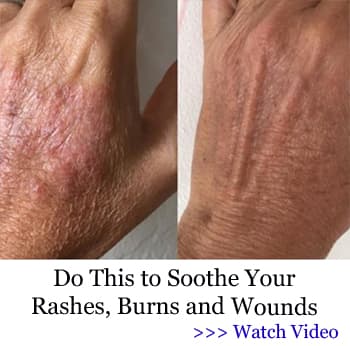 DIY Wilderness Soap And Shampoo From This Plant
DIY Wilderness Soap And Shampoo From This Plant
The Herbal Salve That Can Save Your Skin (Video)
DIY Anti-Microbial Laundry Soap






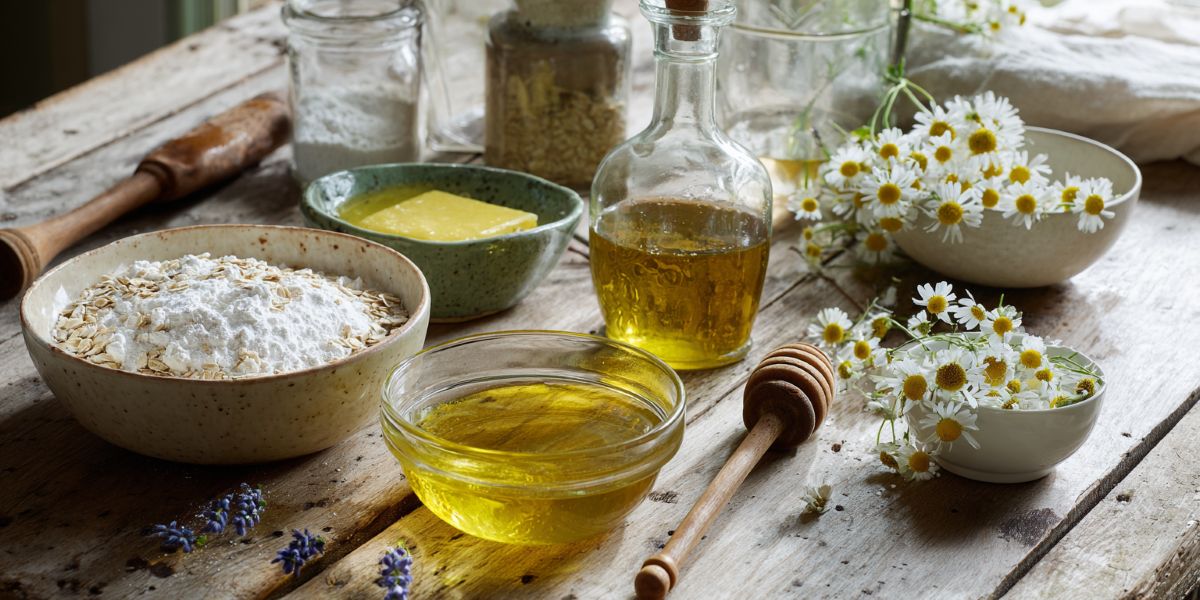 Simple DIY Eczema Soap Recipe
Simple DIY Eczema Soap Recipe